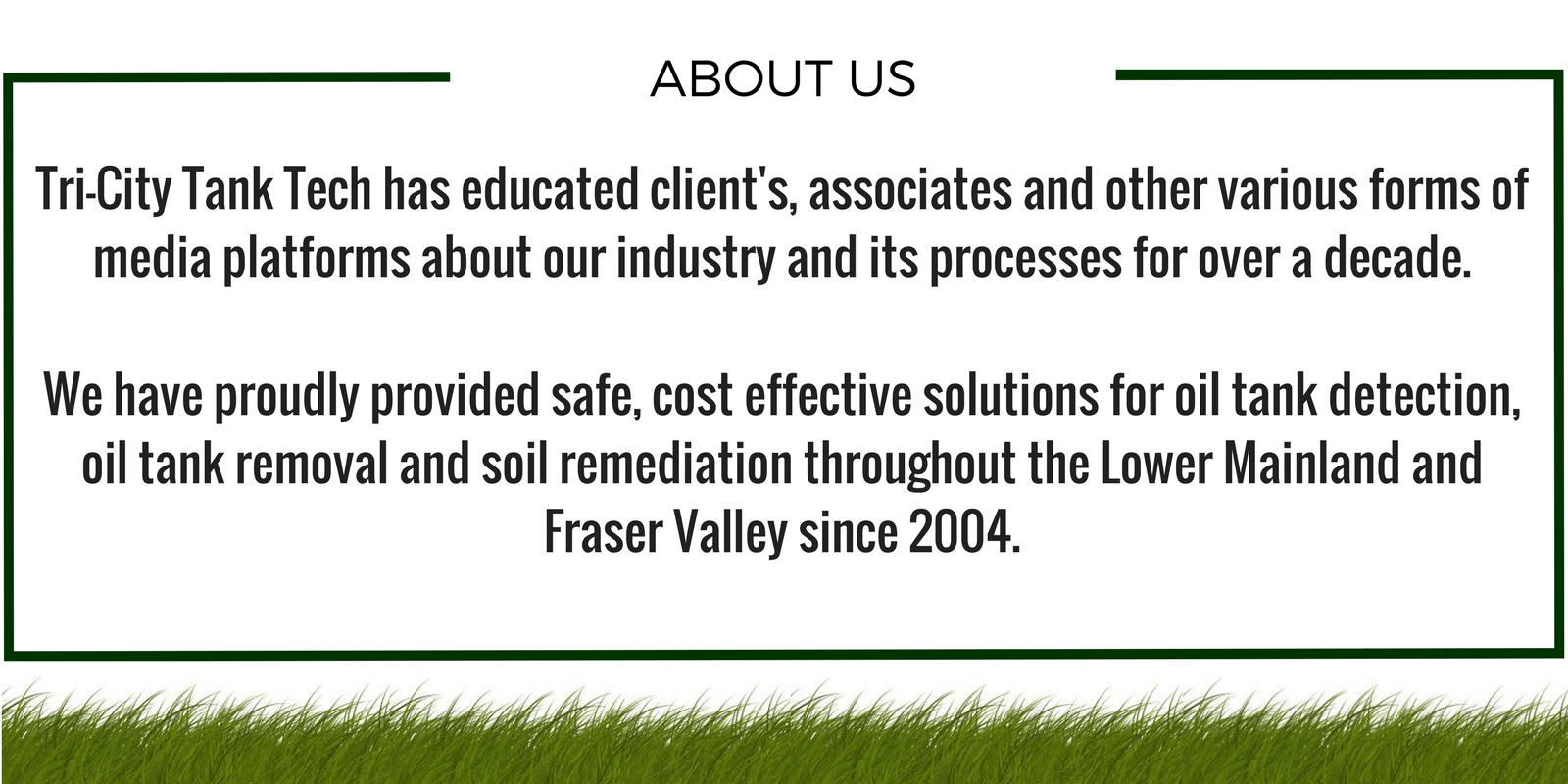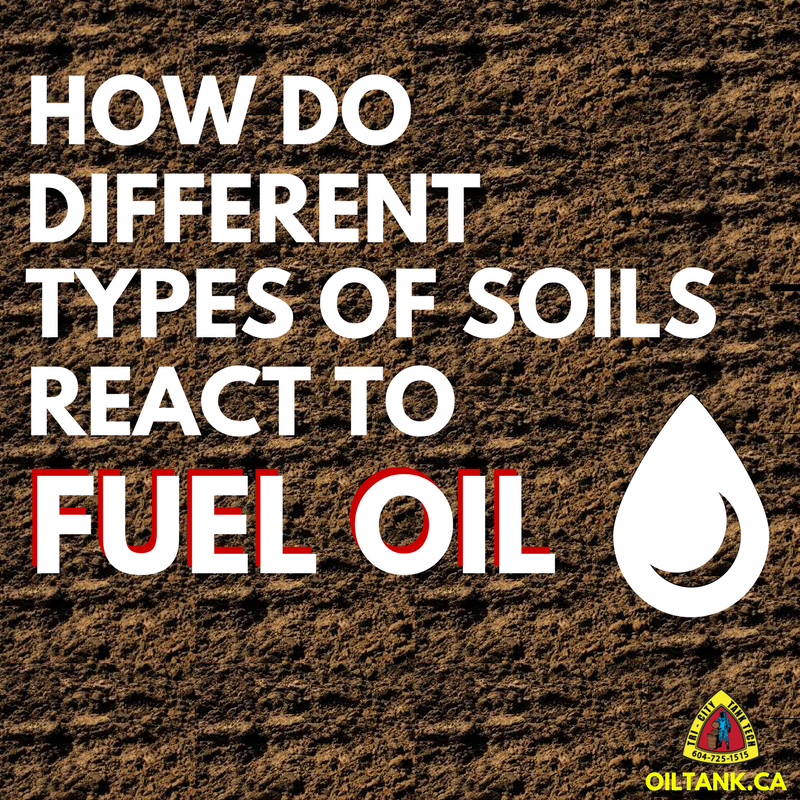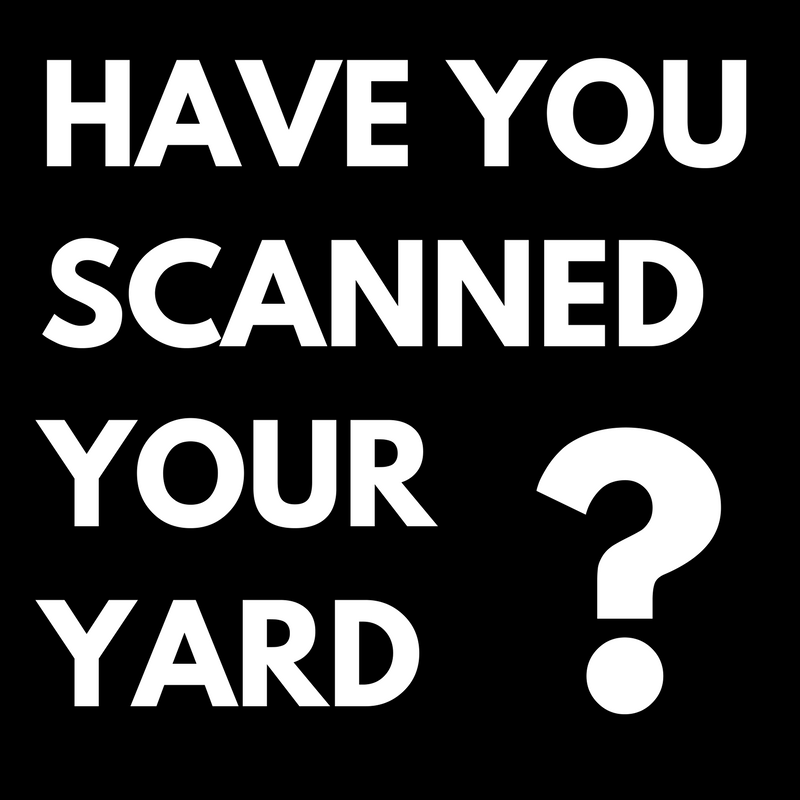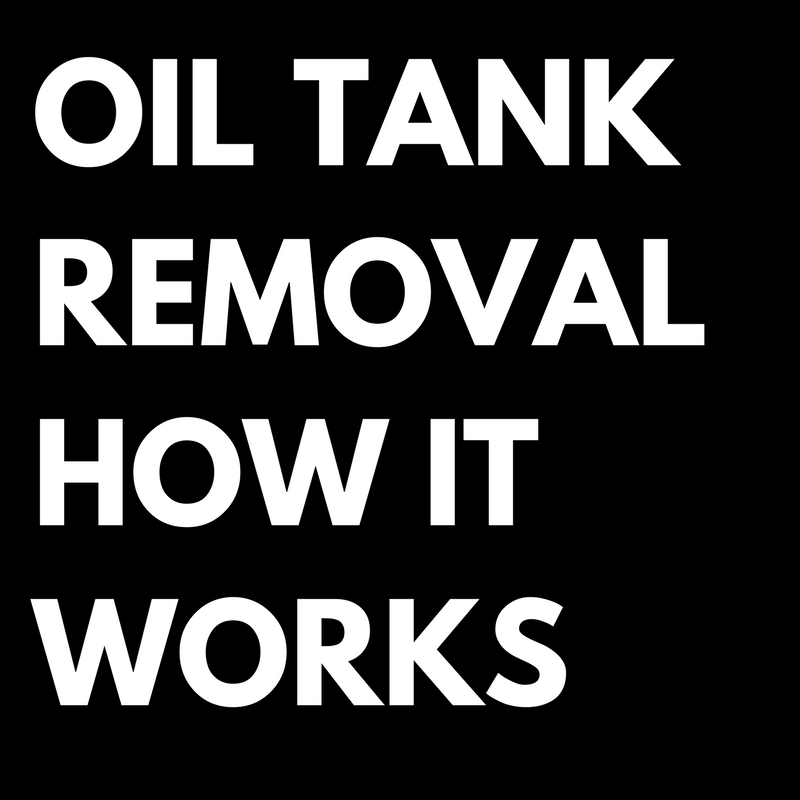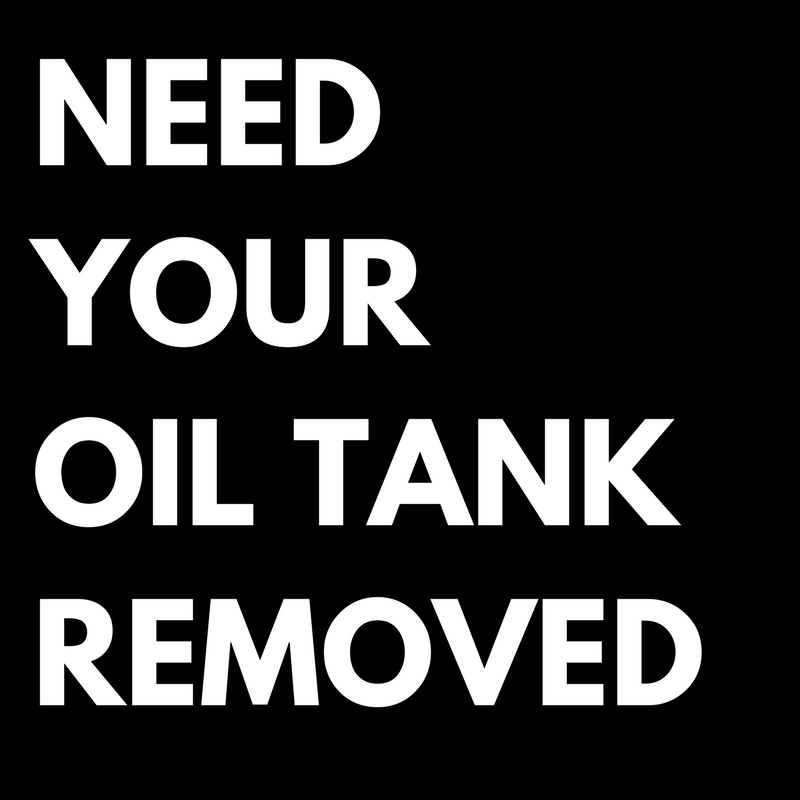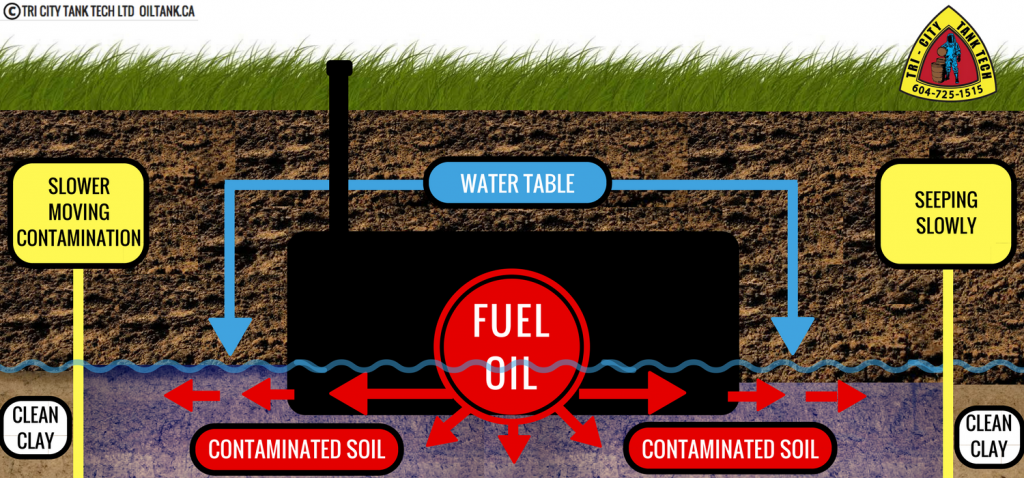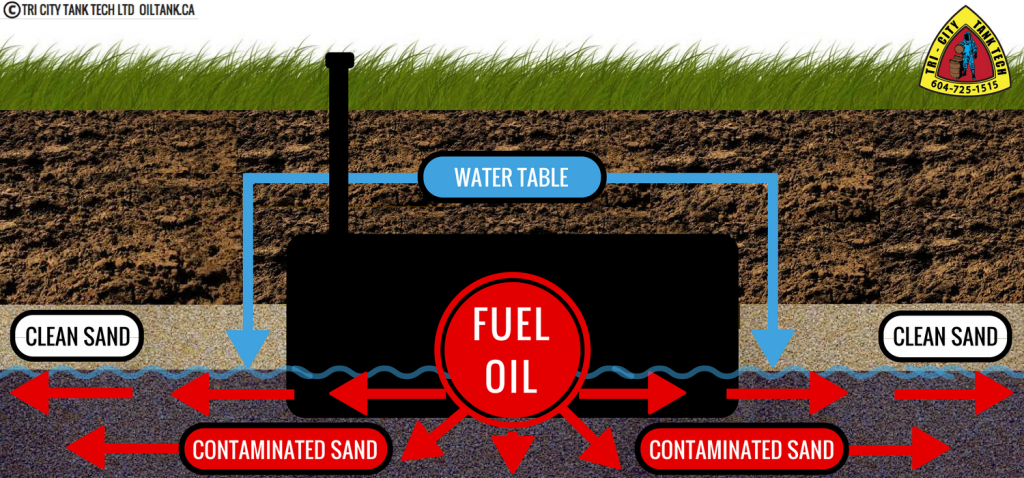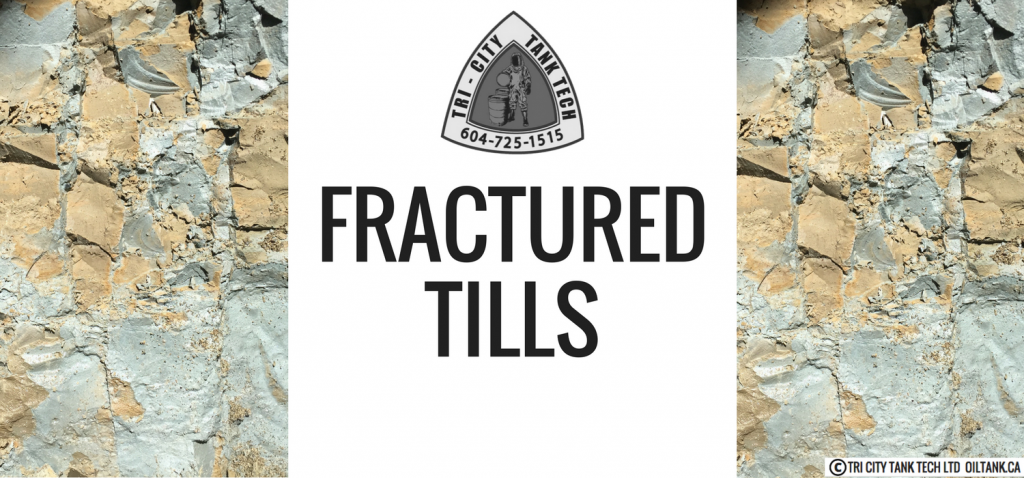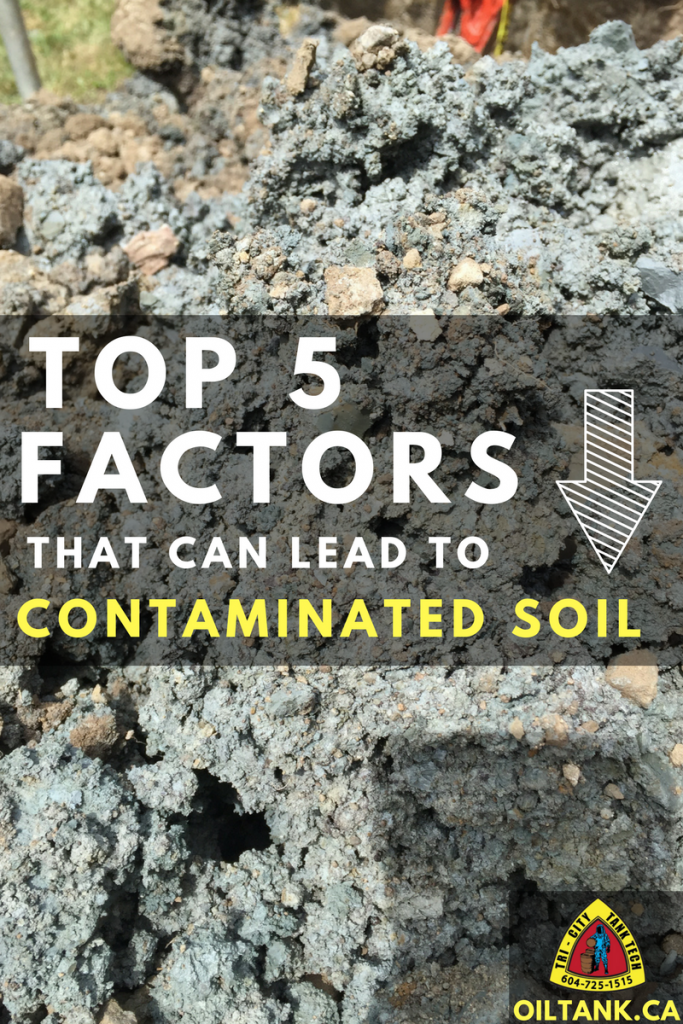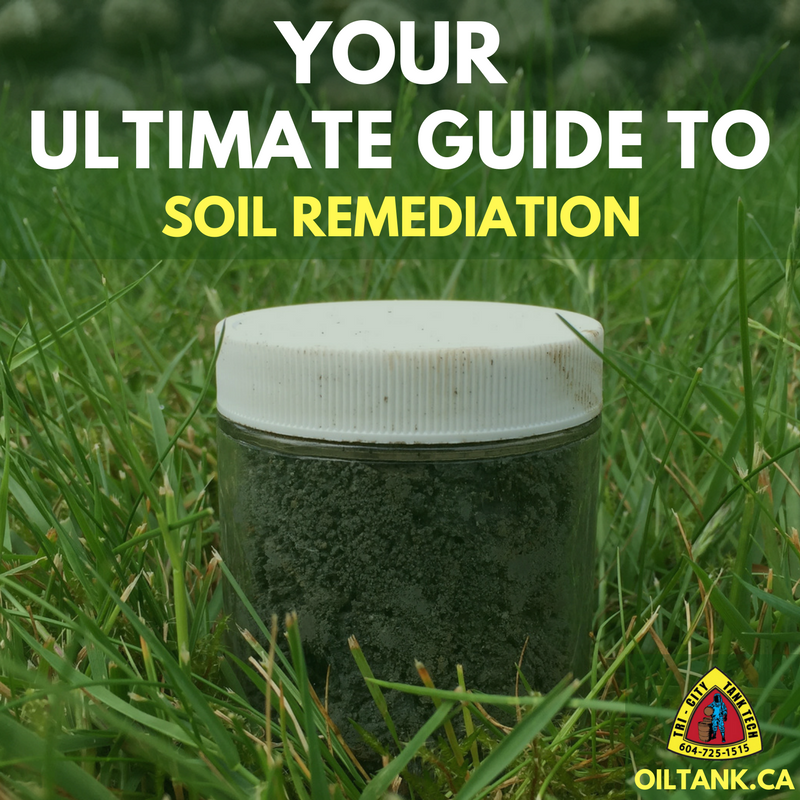The topic of contaminated soil is possibly the source of most property owners concerns when deciding to remove thier oil tank.
There are many factors that can lead to your oil tank leaking and contribute to the amount of contaminated soil that is on your property.
It is important to note that while most oil tanks are old, they do not all have contaminated soil issues.
This article will explain how different soils may react to the fuel oil from your oil tank.
WHY CHOOSE US
FIND OUT WHY TRI CITY TANK TECH IS THE PREFERRED CHOICE OF REALTORS, BANKS, HOME INSPECTORS AND MORE...TRI CITY TANK TECH | YOUR OIL TANK REMOVAL EXPERT
- COMPETITVE PRICING
- FREE QUOTES
- QUICK RESPONSE TIMES
- KNOWLEDGABLE STAFF
- EXPERIENCED
- HIGH QUALITY EQUIPMENT
- QUALITY SERVICE
- A+ BBB
- INSURANCE COVERAGE
- WORKSAFE COVERAGE
If your oil tank has unfortunately leaked, the types of soils on your property can directly effect the amount of soil contamination on your property.
Basically, the permeability of your soil can directly influence how far the soil contamination will migrate.
Soil permeability is essentially the rate at which oil, water and air can pass through your soil.
So how does this effect me?
Because fuel oil is a liquid, it will typically take the path of least resistance through your soil.
If you have dense/less porous soils surrounding your oil tank it may slow the rate at which the fuel oil migrates.
On the other hand, if your soil is porous, the fuel oil may travel a lot quicker.
Below are some of the most common types of soils we encounter.
Contaminated Soil: Clay
Depending on the density of your clay, fuel oil tends to migrate slowly through this of type material.
Contaminated Soil: Signs of suspect contaminates in clay
With clay, one sign that may be noticeably present in contaminated soil is a blue discolouration.
This discolouration is a result of the clay reacting to the fuel oil overtime.
Additionally, you may smell fuel odor in contaminated soil.
Contaminated Soil: Sand/Silt
Sand is the most porous material in this post.
Because sand is porous and fuel oil will typically follow the path of least resistance, there is a higher likelihood that your fuel oil may migrate further and faster than in a less porous material.
Contaminated Soil: Signs of suspect contaminates in sand/silt
Sand can react differently to fuel oil than clay or hardpan.
Sand may or may not have any of the common noticeable signs that you would find in clay.
For example, sand may not have odour or discoloration, yet it still may be contaminated.
Contaminated Soil: Fractured Tills
Fractured tills are basically a combination of fine-grained silt running throughout the fractures (veins) in the clay.
Although clay has reasonably low permeability, the combination of the two materials can greatly increase the distance that the fuel oil travels.
Since silt is porous and highly permeable, the fuel oil will typically follow the path of least resistance through the silt within the fractures of the hard pan.
This scenario contaminates the silt and the hard pan on its way through the fractures.
Contaminated Soil: Signs of suspect contaminates in fractured tills
As the same with sand or silt, the veins in this type of material can be unpredictable and may not always exhibit the same suspect signs of contamination as in clay.
However, if the clay portion is contaminated there may be the typical signs of suspected contamination in clay present.
Please note that the signs of contaminated soil in this post are on-site suspect signs that may or may not be present on your property.
The most definitive way to assess the contaminate levels on your property is to get your materials analyzed by an environmental consultant at a certified laboratory.
The purpose of this post is for strictly for informational purposes and should not be used in anyway to assess your soil contamination levels.
If you would like to look learn more about the contributing causes and factors of contaminated soil, Please check out the informative related posts below:

Matthew Szwaba
Chief Operating Officer
604-715-1000
Tri-City Tank Tech ltd
